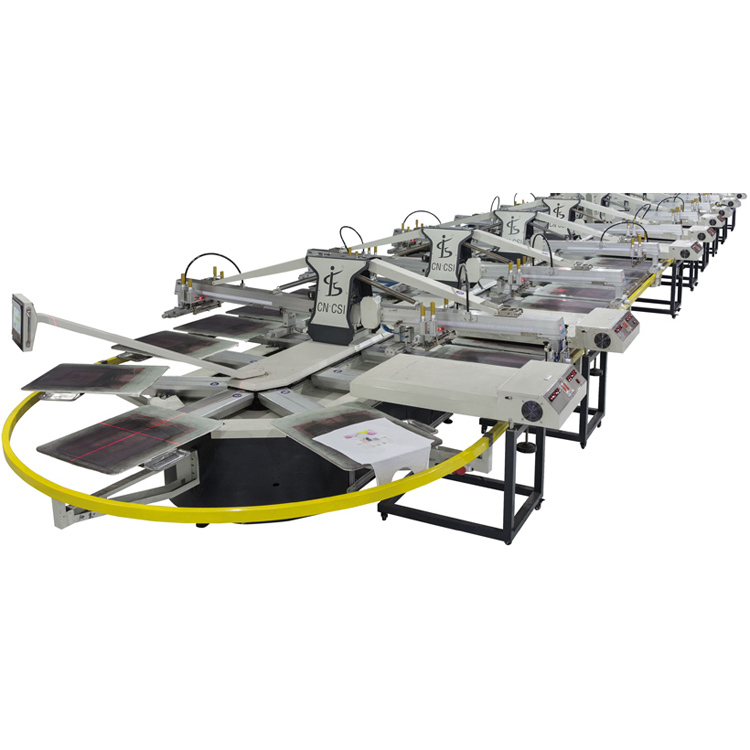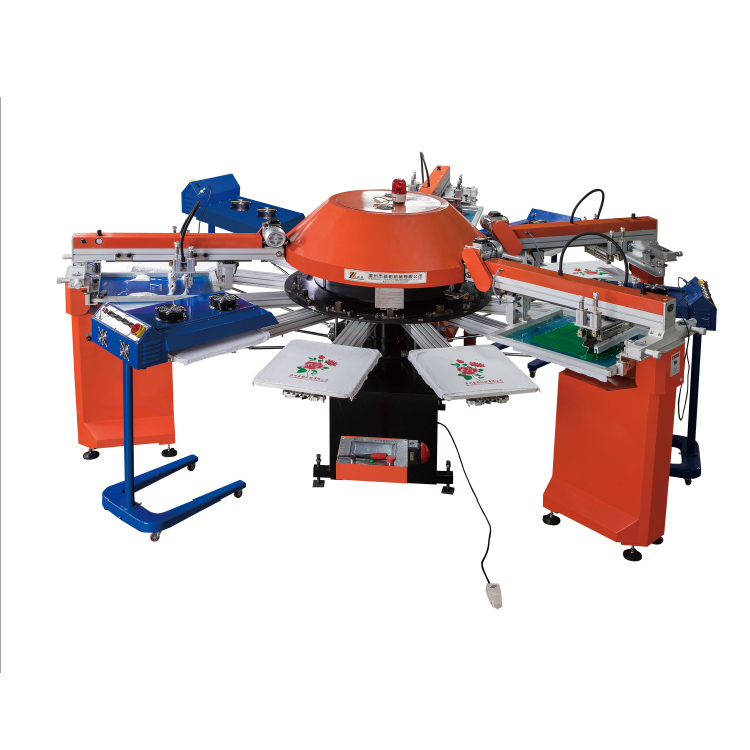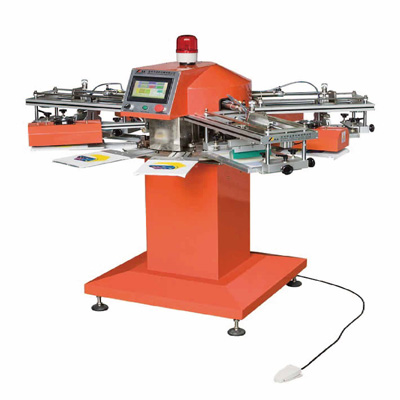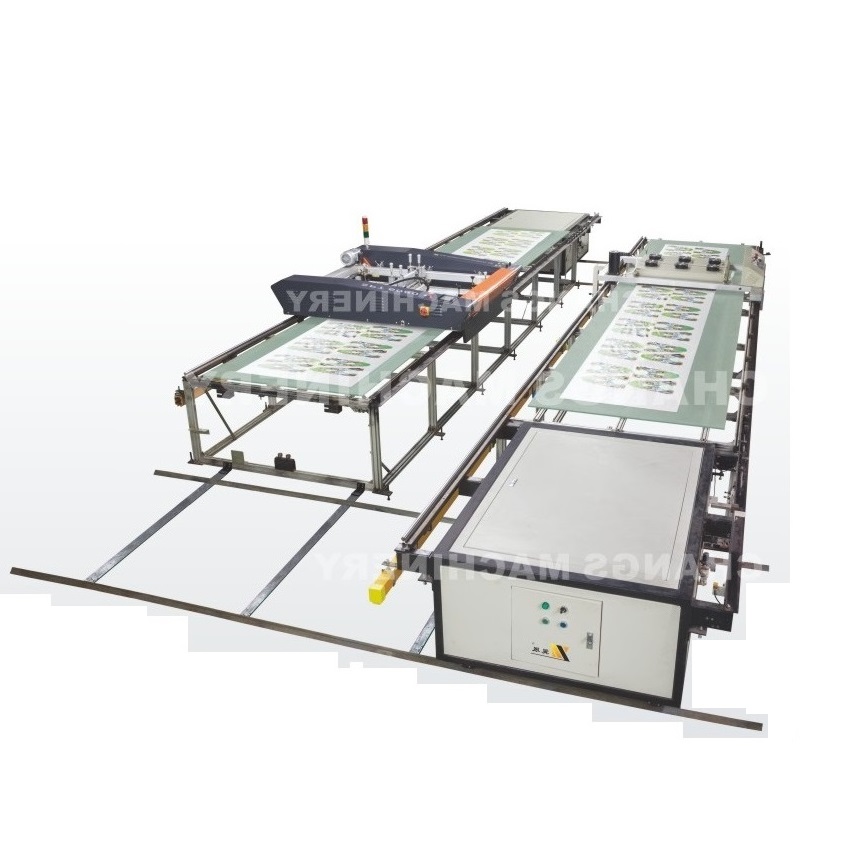Vacuum packaging is a packaging technology that removes air from the packaging bag and seals it to isolate it from the external environment. Since its introduction in the 1940s, it has gradually become a core packaging method in many fields such as food, medical care, and electronics due to its unique preservation and protection functions. This article will analyze its core purpose, practical applications, advantages and disadvantages, and applicable items, and briefly discuss the technical characteristics of vacuum packaging machines.
.jpg)
The core purpose and function of vacuum packaging
Extending shelf life: The most common purpose of vacuum packaging is to extend the shelf life of perishable foods. By eliminating air, it inhibits the growth of aerobic microorganisms and the activity of enzymes that cause food spoilage, while slowing down fat oxidation and vitamin loss.
Physical protection and space optimization: Vacuum sealing can prevent the intrusion of external moisture and dust, which is crucial for the preservation of precision electronic components or cultural relics. At the same time, the volume of items can be reduced by 50%-70% after vacuuming, significantly improving storage and transportation efficiency.
Chemical stability protection: For easily oxidizable products, a vacuum environment can prevent aroma volatilization and oil rancidity. Experimental data shows that the aroma retention rate of vacuum-packed coffee is 40% higher than that of ordinary packaging.
Advantages and Disadvantages
Advantages:
Enhanced food safety: Reduced oxygen levels inhibit the growth of aerobic bacteria, making vacuum-packed foods safer and last longer.
Cost savings: While initial equipment and packaging material costs may be higher, reduced food waste and extended shelf life often offset these costs for businesses and consumers.
Convenience: Vacuum-sealed items are easy to label, stack, and identify, simplifying inventory management in industries such as retail and hospitality.
Disadvantages:
Limited protection against anaerobic bacteria: Some bacteria, such as those that cause botulism, can thrive in an oxygen-free environment.
Taste and flavor issues: In some cases, prolonged vacuum contact can alter the taste of delicate foods.
Equipment dependency: Achieving a proper vacuum seal requires specialized machinery, which can be cost-prohibitive for small-scale users.
What Items Are Suitable for Vacuum Packaging?
Food: Foods with high moisture or fat content are most susceptible to vacuum sealing, including meat, fish, cheese, baked goods, and fresh produce.
Non-food: Clothing, textiles, and soft goods are ideal for space-saving storage. Electronics, collectibles, and even medical supplies can also be vacuum sealed.
A Brief Note on Vacuum Packing Machines
Vacuum packaging relies on machines that perform two key steps: removing air from the package and creating an airtight seal. Industrial models are heavy-duty, used by manufacturers to process large quantities efficiently, while smaller, countertop machines cater to home users or small businesses. These vacuum packaging machines vary in price and features, and some offer adjustable suction and heat sealing options to accommodate different bag materials and item sizes.
Conclusion
Vacuum packaging is a versatile technique that serves multiple purposes, from preserving food safety and quality to optimizing storage space. While it has limitations, its benefits make it indispensable in food industries, logistics, and household use. As technology advances, accessible vacuum machines allow everyone to enjoy extended shelf life and efficient storage—whether for leftovers or seasonal clothing.






